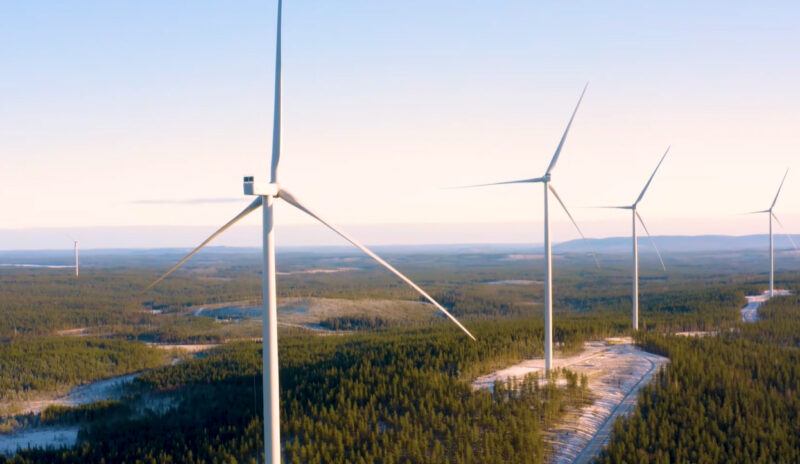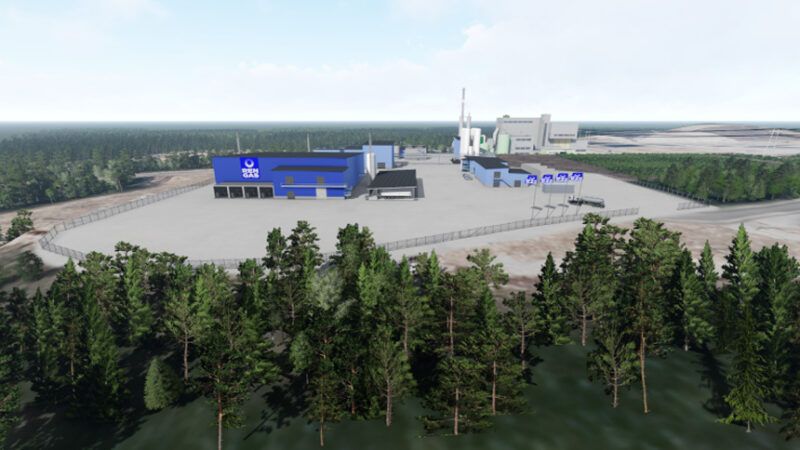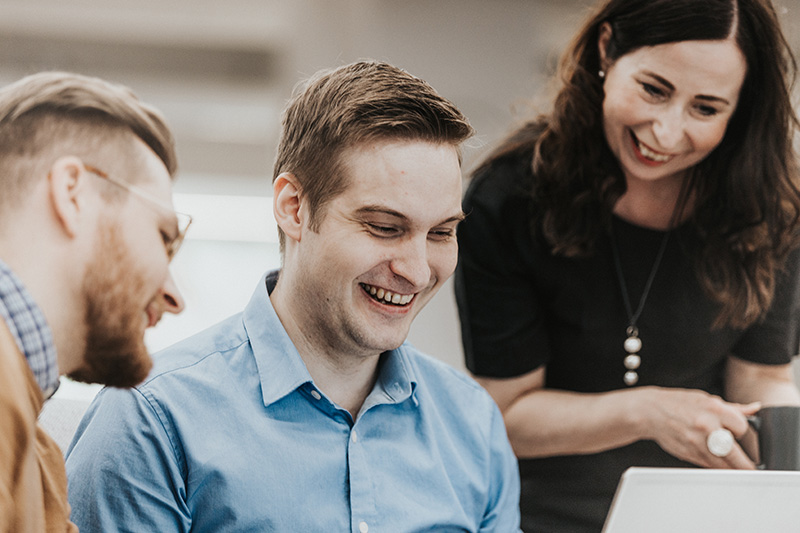Fimpec involved in a unique restoration project of Tourujoki in Jyväskylä
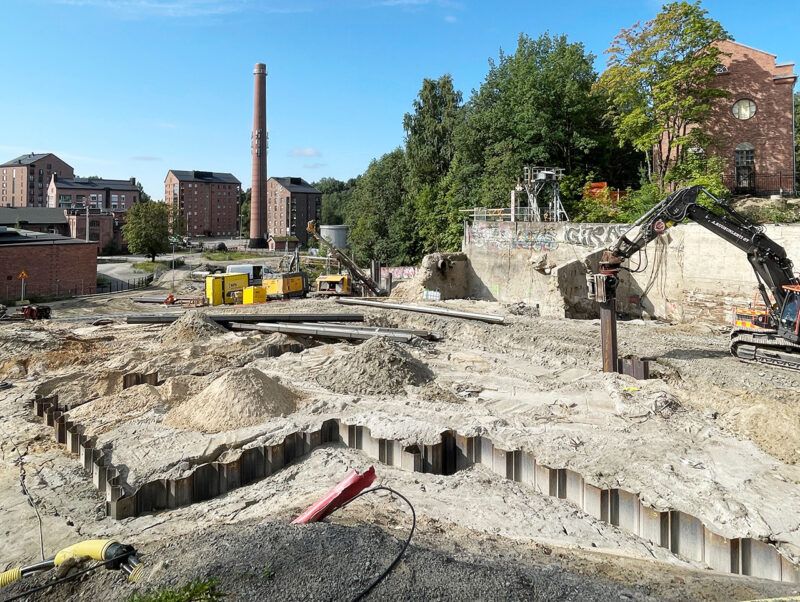
The City of Jyväskylä began restoring the upper part of Tourujoki, which flows between Lake Palokkajärvi and Lake Jyväsjärvi, in May 2024. The goal is to return the river to its natural state. Fimpec has been involved as a construction consultant, preparing the project’s tendering process, and will supervise the restoration work until autumn 2026.
Many rivers in Finland have been restored, and habitats suitable for migratory fish have been created. The Tourujoki restoration project in Jyväskylä is nationally significant for several reasons: the river is located in a central urban area of Jyväskylä, and the project includes the construction of a new riverbed, approximately 200 meters long, adjacent to the Kangas residential area.
“We are excited to participate in projects that involve technical structures and water construction. The restoration of Tourujoki includes precisely these elements,” says Jorma Paananen, Business Unit Director at Fimpec.
Fimpec has been acting as the construction consultant for the City of Jyväskylä since the beginning of the project, offering expertise in organizing market dialogues and tendering processes. Work around Tourujoki began in May 2024, with the goal of completing the project by November 2026.
“The contractor for the Tourujoki restoration is Savon Kuljetus Oy. The overall contract includes an extended development phase between the client, the construction consultant, and the contractor, somewhat reminiscent of an alliance model,” explains Tommi Rissanen, Project Manager at Fimpec.
Paananen and Rissanen see the extended development phase as a good solution for a construction project where various surprises may arise. Additionally, as work progresses, ideas often emerge that can lead to cost savings without compromising quality or safety.
“The Kangas paper mill started in the 1870s. Since then, numerous structures and municipal infrastructure have been built around Tourujoki. During the demolition and excavation work, pipes, cables, and structures have already been encountered that were not documented over the decades,” says Rissanen.
Rissanen adds that the work is also challenged by the area’s elevation differences and the silt-laden soil.
“During the restoration, Fimpec is responsible for project management. Our task is to monitor the safety, quality, schedule, budget, and environmental factors of the restoration work. I believe that, thanks to the extended development phase, we will be able to find solutions with the contractor and client that will allow us to complete the project cost-effectively, safely, and to high-quality standards.”
A complex project requires expertise
Tourujoki is being restored between Lake Palokkajärvi and the Kangas area. The goal is to return the river to its natural state so that it can once again support the migration and spawning of fish and serve as a recreational area for city residents. The total cost of the project is approximately 8.1 million euros, with over one million euros already spent in the past three years on relocating municipal infrastructure.
“What makes this restoration unique is the construction of a new riverbed next to the Kangas residential area. Working in a built environment brings its own challenges,” says Jarmo Toikkanen, Green Construction Manager for the City of Jyväskylä.
As part of the restoration, the dam and canal structures of the old Kangas hydropower plant will be demolished. During the summer of 2024, a bottom weir will be built in Lake Palokkajärvi to regulate the water levels of the lakes upstream of Tourujoki in the future.
“On the stretch between Lake Palokkajärvi and the Kangas area, old rapids-like spawning and nursery areas for fish will be restored as the water level in the river drops due to the cessation of regulation. The Tourujoki power plant was built in 1941, but the migration of migratory fish had likely already ceased before that due to poor water quality in the river,” says Toikkanen.
The operations of the Kangas paper mill ended in 2010, and the City of Jyväskylä began developing the area into a residential and commercial zone. Now, research shows that the water quality in Tourujoki is good enough to allow fish to spawn, provided that the man-made barriers to their migration are removed.
Toikkanen considers Fimpec’s role crucial in ensuring the successful completion of this challenging project.
“Fimpec plays a key role in site supervision because the city does not have the resources or specialized expertise for this. Through Fimpec, we have also received insights from fishery experts, which is important in understanding the factors affecting the spawning of migratory fish, especially lake trout.”
The restoration of Tourujoki also attracts interest from local residents and the media due to its central location.
“During the development phase, we decided to pay special attention to communication. Before work began at Kangas, a public information meeting was held. The work particularly affects the residents of the Kangas area, so the contractor provides weekly updates on the progress of the work,” Toikkanen clarifies.
In addition to the actual riverbed construction, the restoration of Tourujoki in the Kangas area includes the replacement of the existing pedestrian bridge on Kankaankatu with a longer bridge at the same location, as well as the construction of retaining walls and seating areas that reflect the industrial history of the area. The new bridge will cross the natural riverbed being built at Kangas, with a preserved old flood canal next to it to ensure the optimal flow in the riverbed.
For more information
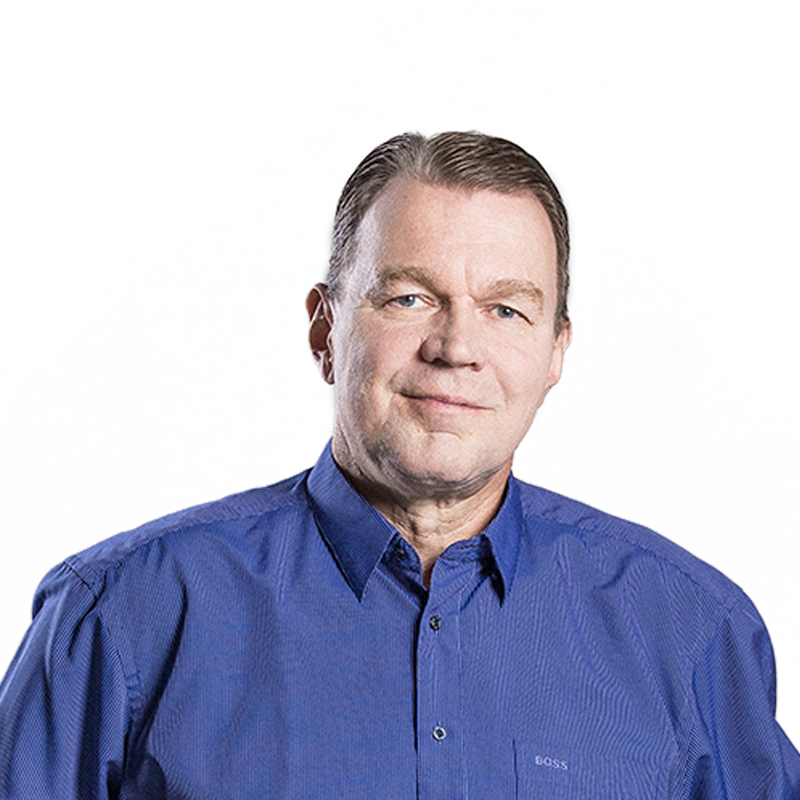
Jorma Paananen
Business Unit Director,
Clean energy and Infra
PROJECT MANAGEMENT SERVICES
+358 400 347 373
